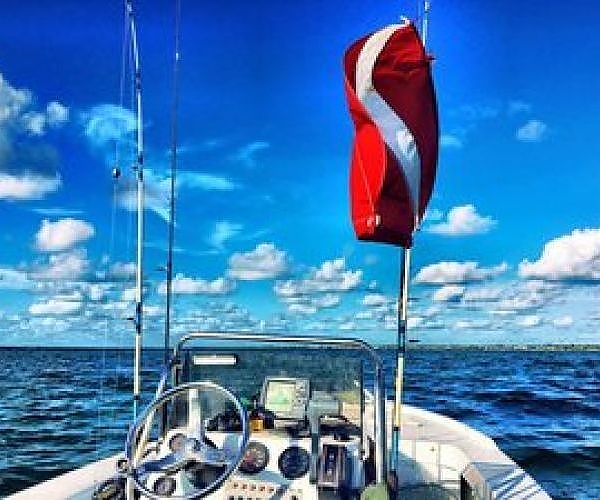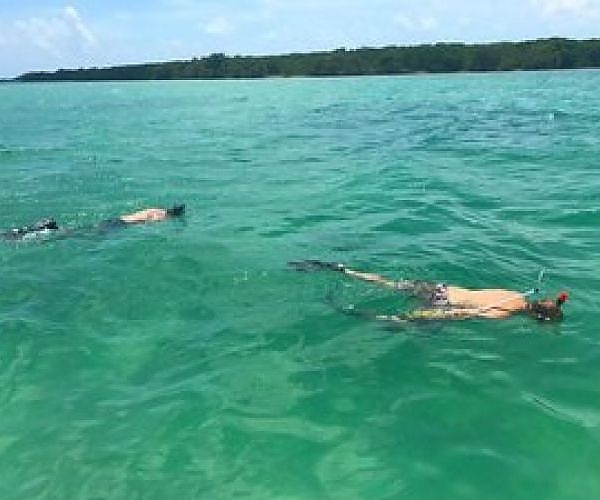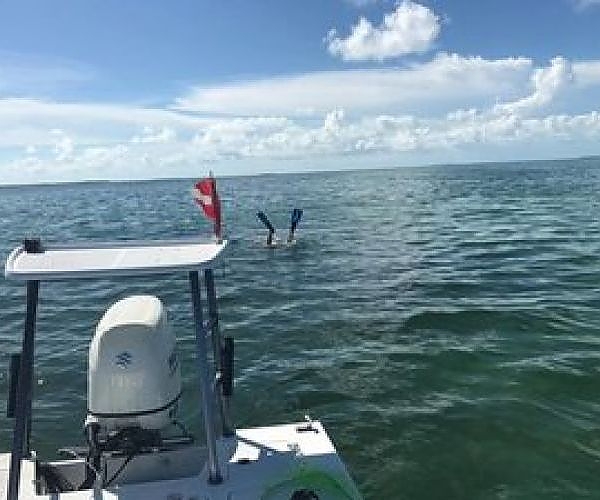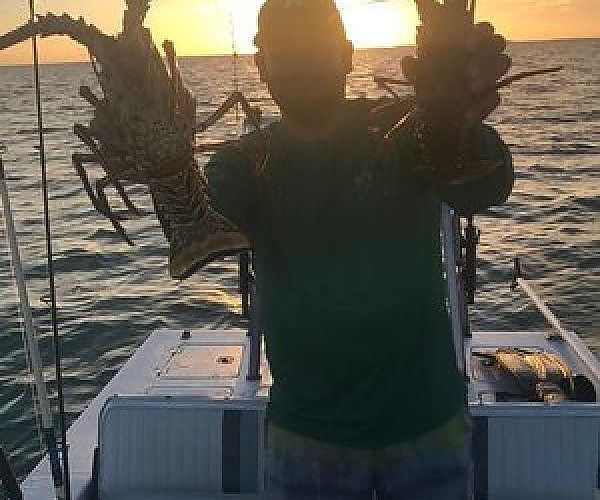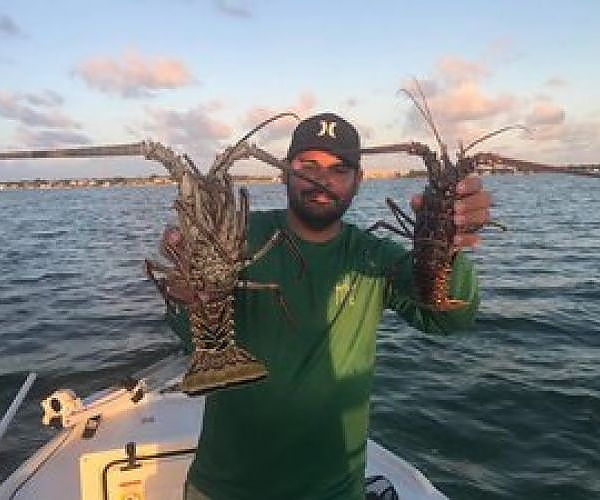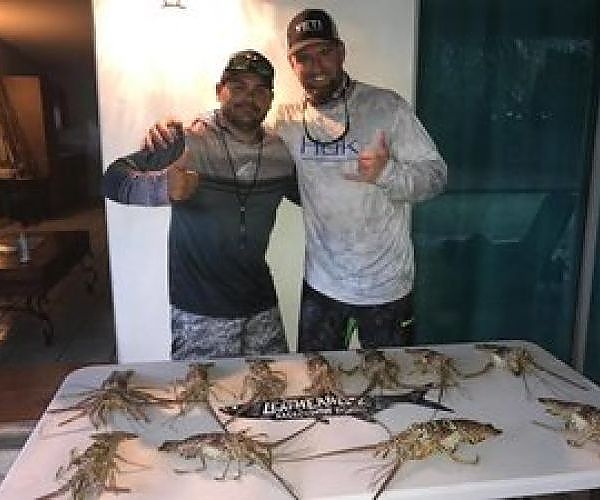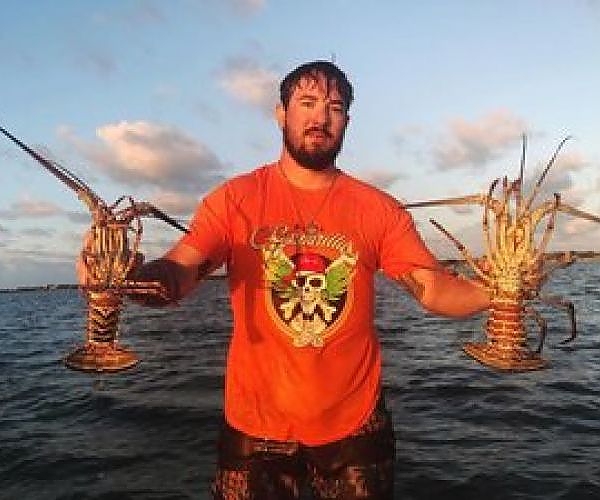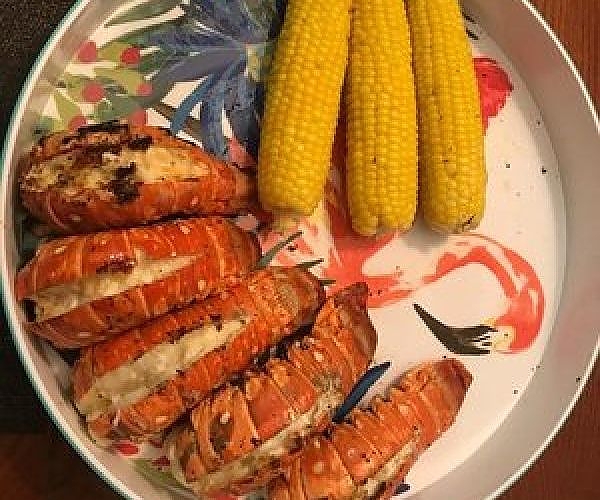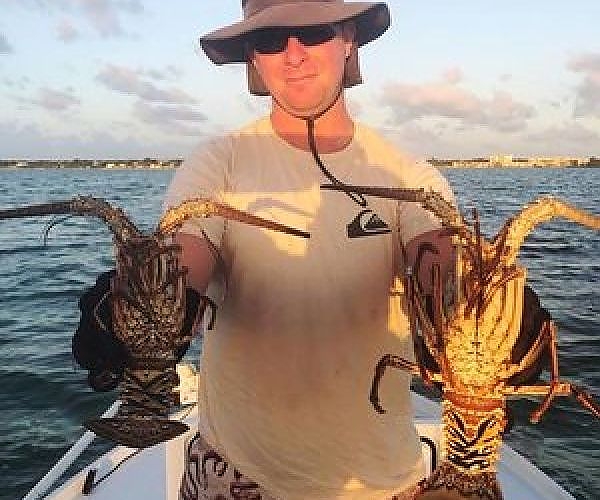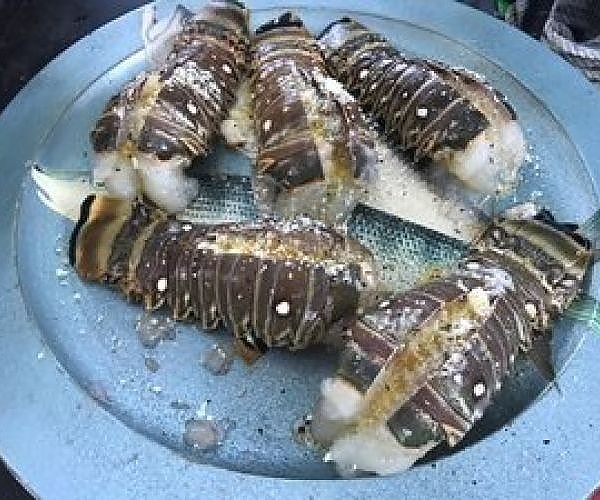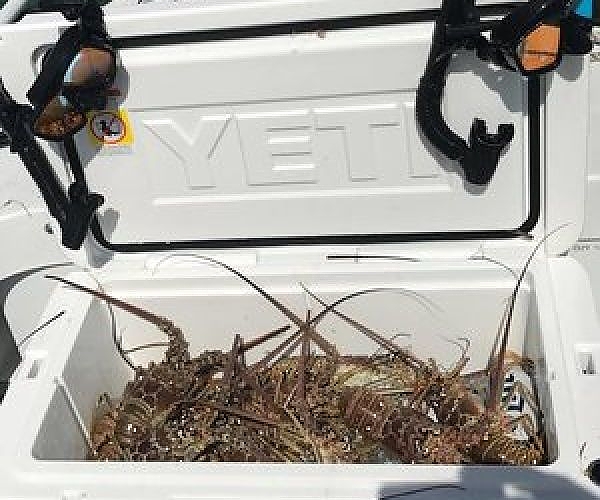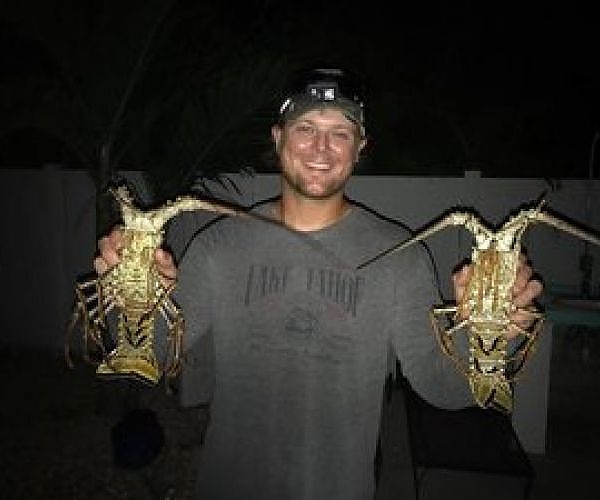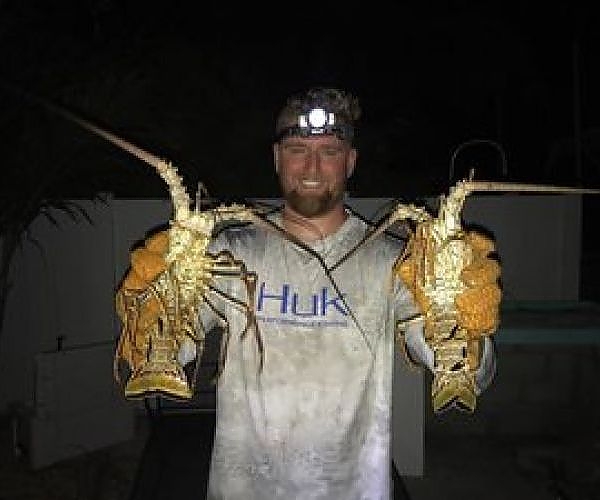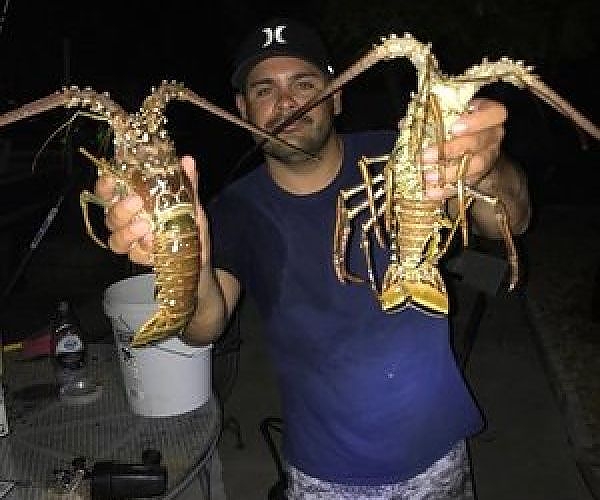Fishing Species
THE FLORIDA KEYS BOASTS OVER 200 SPECIES OF FISH
Florida's Fish population ranges from migratory species passing thru to the hundreds of species that call these waters home. We have reefs and ship wrecks covered in brilliant bright colors of the spectrum, Backcountry shallow water flats with fish made for sight fishing, Gorgeous deep water Pelagics that love to feed on the surface, and sharp teeth man eating Sharks that will test even the heaviest gear to its limits. Just few of these local favorite species are listed below.
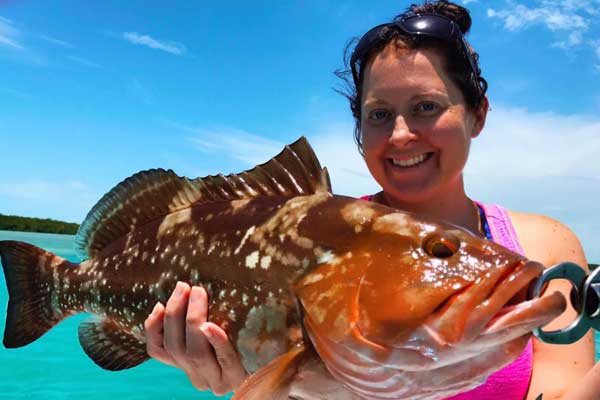
GROUPER
Grouper fishing Florida Keys is fantastic, and they're also an excellent eating fish. Many different varieties are found throughout the Florida Keys. These incredibly hard fighting fish can tip the scales at over 800lbs.
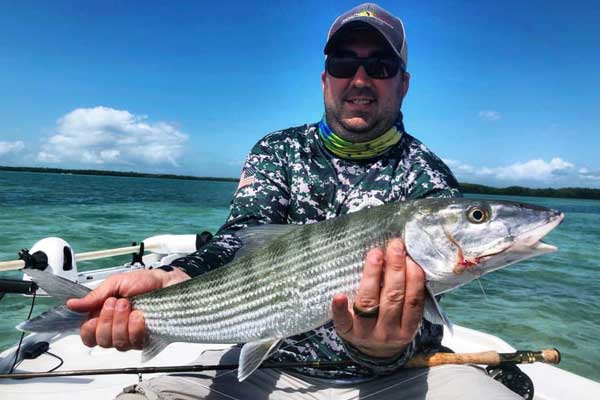
BONEFISH
Florida Keys bonefish fishing is probably one of the most challenging of sports. Relatively small, these fish average between 2 and 14 pounds, but what they lack in size they make up for in raw muscle and excitement.
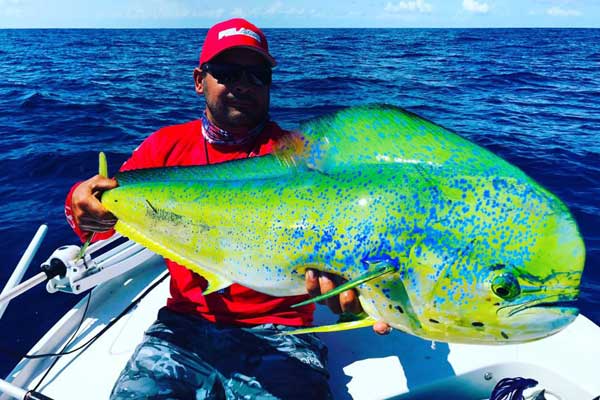
DOLPHIN,MAHI MAHI, DORADO
Florida Keys dolphin fishing is hugely popular and its easy to see why these beautiful are known for their aggressive surface takes and high flying aerobatics. The only thing better then how these fight is how they taste.
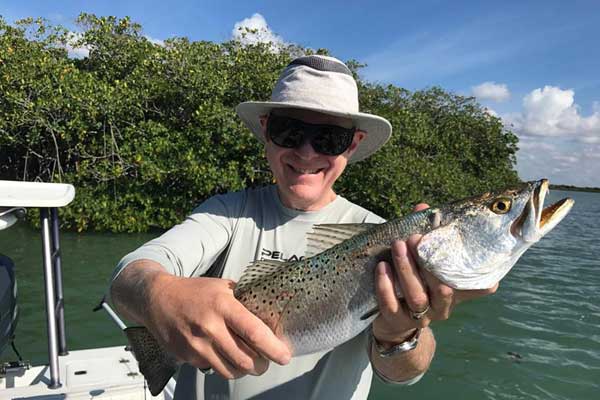
SPOTTED SEA TROUT
Catching a giant Sea Trout is a true accomplishment on the fly, while it's probably true that most fly-anglers rarely target trout specifically, Anyone who has ever tried to sight fish for them knows the reward to reap.
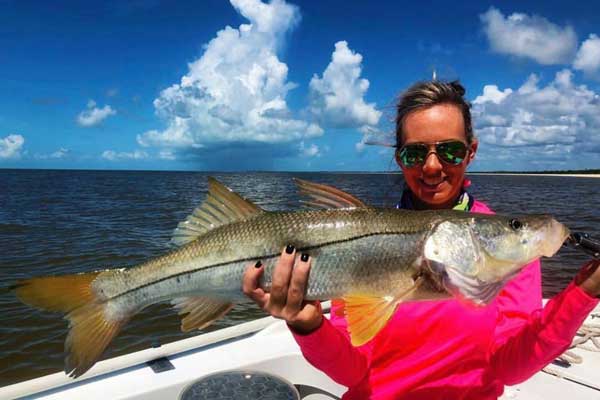
SNOOK
Snook tend to hide along the shorelines of inlets and estuaries. Mangroves are a favorite cover. They are an ambush predator that fight hard and fly high, every Snook caught is a real treat on a fly or conventional rod and reel. Snook truly are the things that keep anglers up at night.
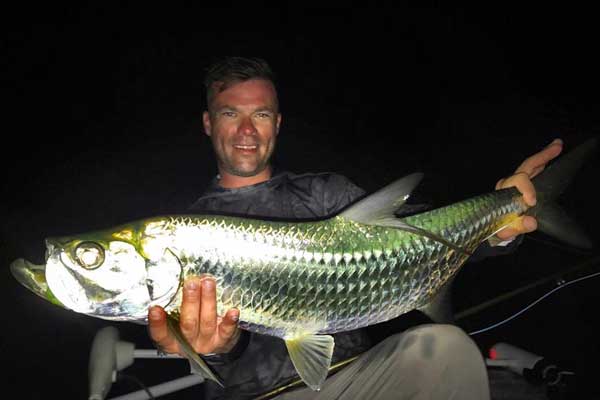
TARPON AKA SILVER KING
Tarpon are easily one of the best sport fish on the planet these fish reach into the upper 200 lb class and with their bad attitudes, high flying aerobatics, and willingness to fight these fish are truly made to disappoint even the most seasoned anglers. It is a true accomplishment to land one of these prehistoric giants.
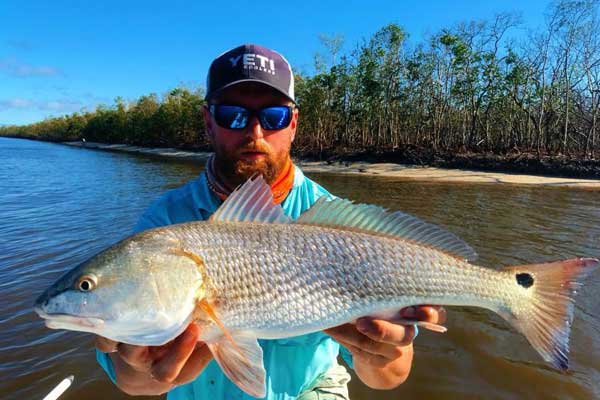
REDFISH
Red drum are one of Florida’s most popular sport fish and the state’s most widespread estuarine fish. Floating a live shrimp under a popping cork is a good way to fish for redfish. They love crabs, mullet, and pinfish Casting soft-bodied jigs, spoons and even topwater flies and plugs will catch the attention of these powerful drum. Redfish make great table fare.
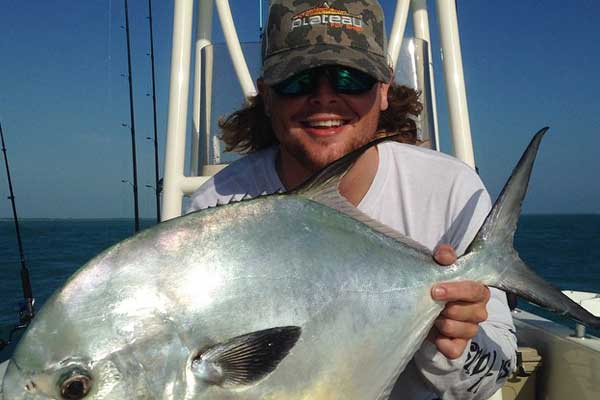
PERMIT
The elusive Permit has been called ”the grey ghost of the flats”, and has frustrated more anglers than possibly any other fish, anywhere in the world. Permit fishing is the most difficult type of fishing you will ever do. To top it off, they get moody, sulky, and will sometimes just flat out refuse to cooperate. Catching a Permit of any size bestows lifetime bragging rights upon the lucky angler, in any fishing circle, anywhere in the world.
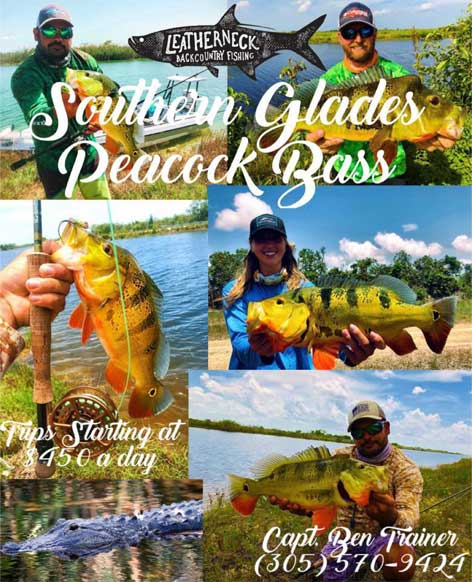
Peacock Bass
Trips Starting at $450 a Day
The Florida Peacock Bass (aka Butterfly Peacock) is one of South Florida's best freshwater success stories. The introduction in 1984 by FWC was not a split decision. Years of research and failures stem all the way back to the 1960s, when research found that the Peacock Bass could not survive water temperatures that drop below 62 degrees. To increase genetic variability, three strains for stock from Brazil, Guyana, and Peru were used and stocked in Southern Florida's waters. With over 300 miles of canals and lakes in Dade and Broward counties, this ideal habitat was exactly what was needed for this introduced species to thrive. Peas are now a self sustaining fishery in Florida, meaning no more stocking is now needed, these fish bring in close to 300,000 angling hours and 5 million dollars in economic revenue each year.
Finding Peacock Bass in South Florida isn't rocket science, almost every freshwater shed in all urban and rural areas including the South Glades has an abundance of many different species. Fishing these areas can be easily accessible by boat or bank fishermen alike. Peacock Bass is generally good throughout the whole year, whole most larger fish are caught in late Spring. Sight and structure fishing is best in the warmest months of the year when water temperatures are up. As with almost every fish on earth, the easiest way to catch a Peacock Bass is with live bait. You will be heard off finding a Peacock that won't eat a live shiner. Golden shiners are best fished free lined, under a float, and slow trolled along any edge or structure. Many bass anglers prefer artificial baits such as jigs, rapalas, crank baits, soft plastics, etc. for the sheer joy of tricking an aggressive fish into eating something it's not supposed to. My preferred method to fishing Peacock Bass is to sight fish them with a fly rod. A 5wt or 6wt rod with a weight forward floating line and 10 feet of 12 or 15 lb test leader is all that's needed for stocking Peas in South Florida. The aggressive nature of Peacock Bass makes fly selection easier than you think. Fish that are closer to the surface will eat unweighted zonker and poppers, while deeper fish will hone in on clousers and lead eyes streamer patters.
Peacock Bass are not an invasive species, rather an introduced one so regulations do apply. We as well as most Bass fishermen strongly suggest catch and release of Peacock Bass and probably handing of the species. Peacocks can be lipped with your thumb on the lower jaw or using a gripping device such as a boga grip. Try to avoid laying them in the grass or letting them flap around the bottom of the boat, even though Peacock Bass are a hardy species, rubbing them will remove natural enzymes from their slime and leave them susceptible to sickness and diseases.
Next time you're driving down the Turn Pike and you need to pull over at a rest area, don't get caught without a rod and some gear in the car, because fishing is better than traffic any day.

Lobstering
Commonly referred to as the Florida spiny lobster, the Caribbean spiny lobster inhabits tropical and subtropical waters of the Atlantic Ocean, Caribbean Sea, and Gulf of Mexico. Spiny lobsters get their name from the forward-pointing spines that cover their bodies to help protect them from predators. They vary in color from almost white to dark red-orange. Two large, cream-colored spots on the top of the second segment of the tail make spiny lobsters easy to identify. They have long antennae over their eyes that they wave to scare off predators and smaller antennae-like structures called antennules that sense movement and detect chemicals in the water.
Adult spiny lobsters make their homes in the protected crevices and caverns of coral reefs, sponge flats, and other hard-bottomed areas. The lobsters spawn from March through August and female lobsters carry the bright orange eggs on their undersides until they turn brown and hatch. Larvae can be carried for thousands of miles by currents until they settle in shallow nearshore areas among seagrass and algae beds. They feed on small snails and crabs. The lobsters are solitary until they reach the juvenile stage, when they begin to congregate around protective habitat in nearshore areas. As they begin to mature, spiny lobsters migrate from the nursery areas to offshore reefs.
Lobsters stay in their dens during daylight hours to avoid predators, emerging a couple of hours after dark to forage for food. While lobsters will eat almost anything, their favorite diet consists mostly of snails, clams, crabs, and urchins. The lobsters return to the safety of their dens several hours before sunrise.
The recreational fishery for the spiny lobster begins in July with a two-day sport season. This season is the last consecutive Wednesday and Thursday of July each year. Regular spiny lobster season is August 6 through March 31.
It takes a spiny lobster about two years to grow to the three-inch carapace legal-harvesting size and they can grow as large as 15 pounds. The typical recreational harvest is 1.5 to 2 million pounds between the start of the two-day sport season and Labor Day. The commercial harvest averages 6 million pounds per season, with an average annual value of $20 million. Measured in dollars, the spiny lobster fishery is the largest commercial fishery in Florida.



